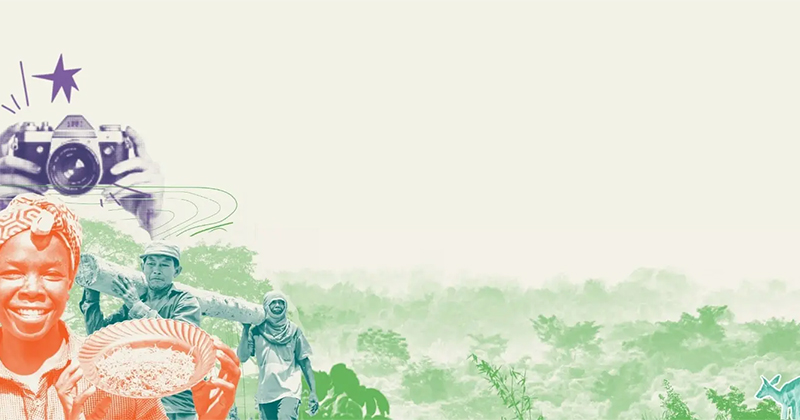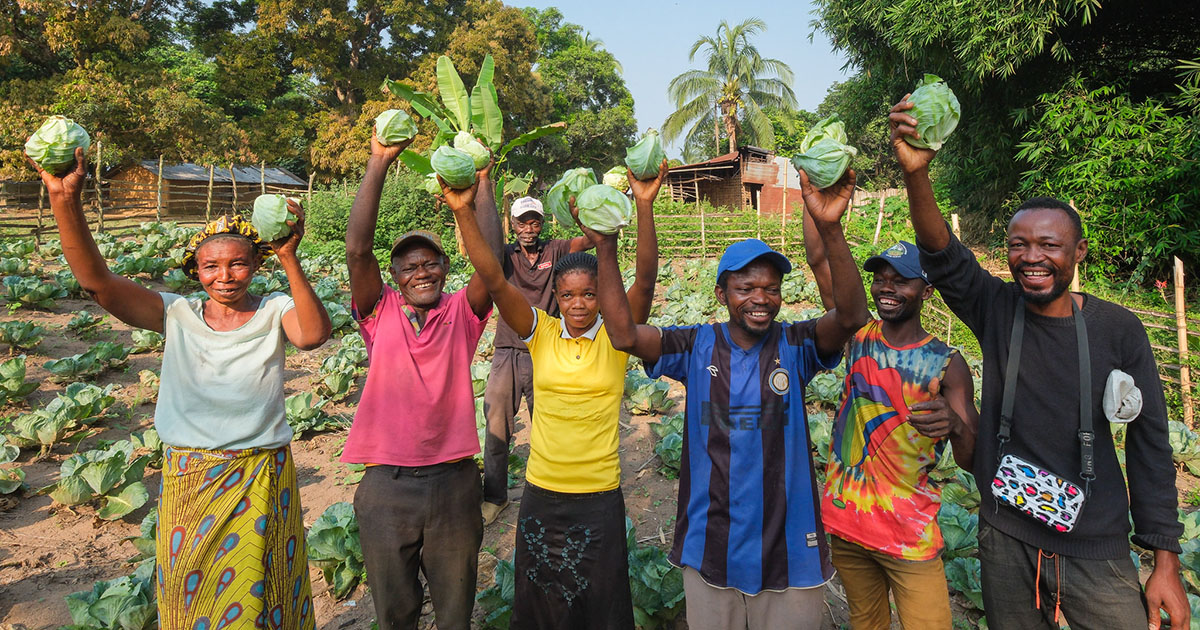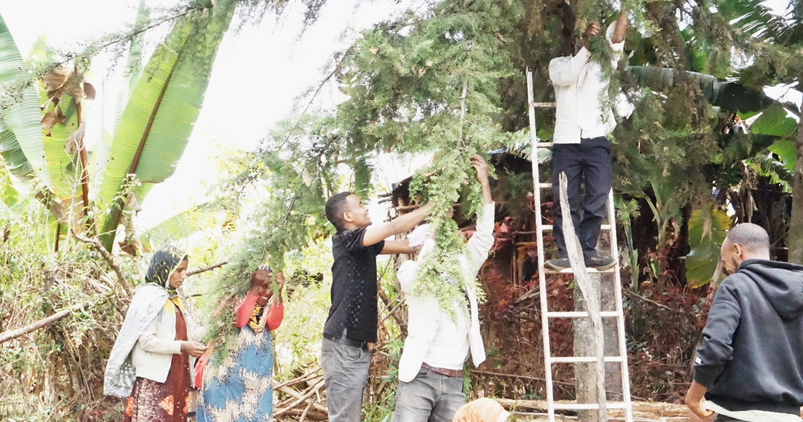In Central Asia, agriculture, notably irrigated agriculture, is the largest water consumer. Currently, flood and furrow irrigation are the dominant irrigation methods in Central Asia, in particular in the post-Soviet countries. Against the background of current and increasing competition for water—e.g., through reduced river runoffs in the course of climate change—water consumption of agriculture needs to be reduced. On the field plot level, improved irrigation technologies, like drip irrigation or plastic mulch, can reduce water consumption substantially. Alternatively, tree lines as wind breaks (shelterbelts) also can reduce crop water consumption, as shown by research from many drylands around the world. As previous research has concentrated on crop water consumption and not on tree water consumption, this paper brings the two together, in order to approach a more holistic picture, in how far shelterbelt systems, including the trees, may have the potential to save water or not. Crop water consumption was assessed through the Penman–Monteith approach for corn, wheat, potato, barley, and pear under open field conditions and under an assumed influence of a tree shelterbelt. Tree water consumption was investigated through sap flow measurements. Crop water consumption was reduced by 10–12% under influence of a shelterbelt compared to open field conditions. When water consumption of shelterbelts was added, a slight reduction of water consumption of the whole crop-shelterbelt system was found for corn, potato, and pear under the assumption 25 ha (500 × 500 m) field sizes. Under an assumption of 4 ha (200 × 200 m) field size, water consumption of the whole crop-shelterbelt system was higher for all crops investigated except for pear. The results suggest that shelterbelts may play a role in improving water resource management in Central Asia in the context of water demanding crops, like corn or cotton. In further research, other effects of shelterbelts, like increased crop yields and additional income from trees, need to be investigated.
DOI:
https://doi.org/10.3390/w9110842
Dimensions Citation Count:





















